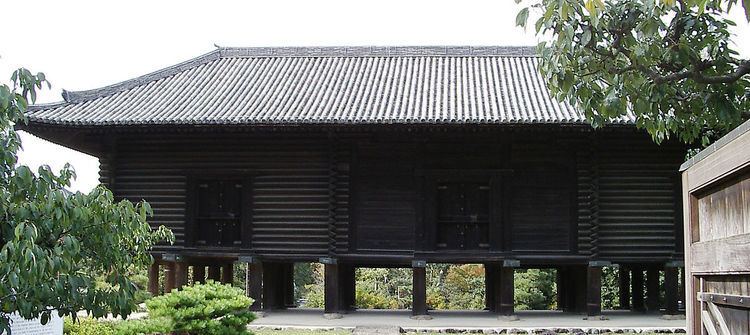645–650 Taika 686–686 Shuchō 704–708 Keiun Start date October 1207 | 650–654 Hakuchi 701–704 Taihō 708–715 Wadō | |
 | ||
Jōgen (承元) was a Japanese era name (年号, nengō, lit. year name) after Ken'ei and before Kenryaku. This period spanned the years from October 1207 through March 1211. The reigning emperors were Tsuchimikado-tennō (土御門天皇) and Juntoku-tennō (順徳天皇).
Contents
Change of era
Events of the Jōgen era
References
Jōgen (Kamakura period) Wikipedia(Text) CC BY-SA
